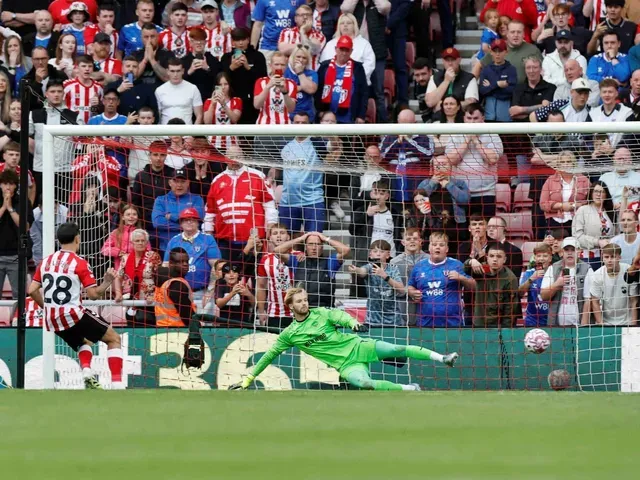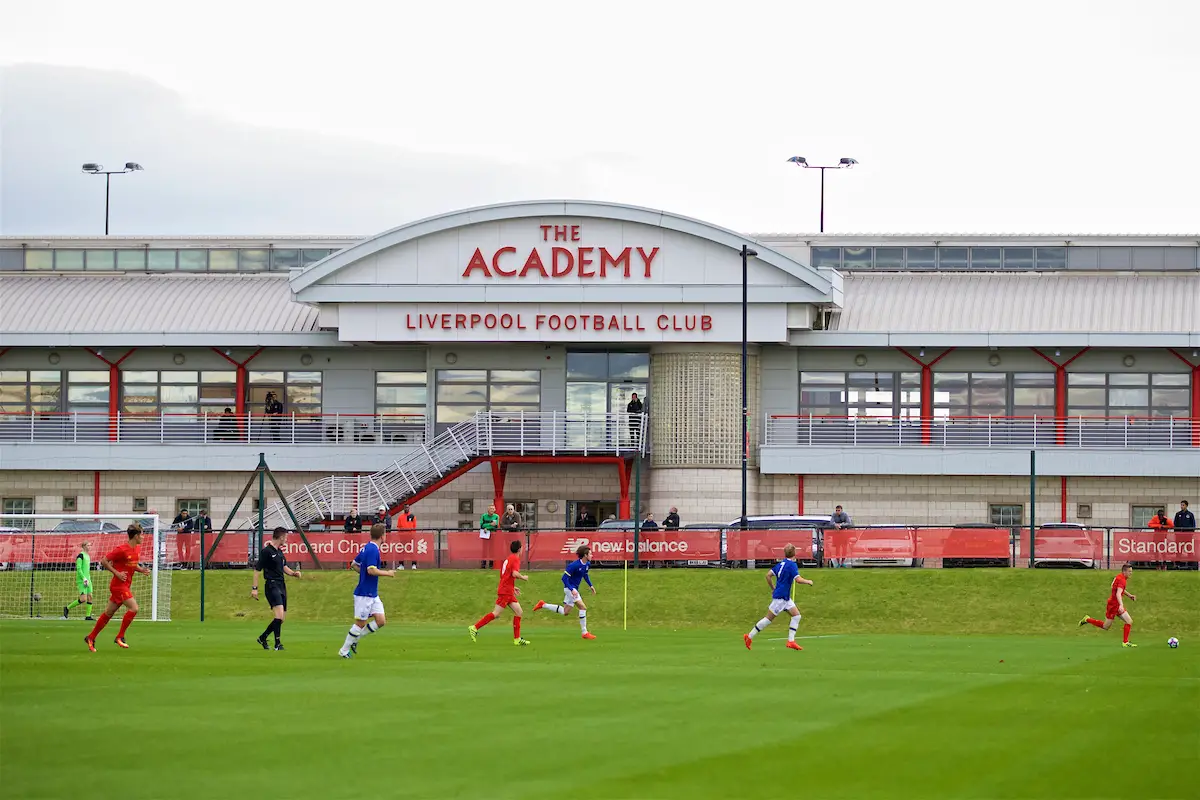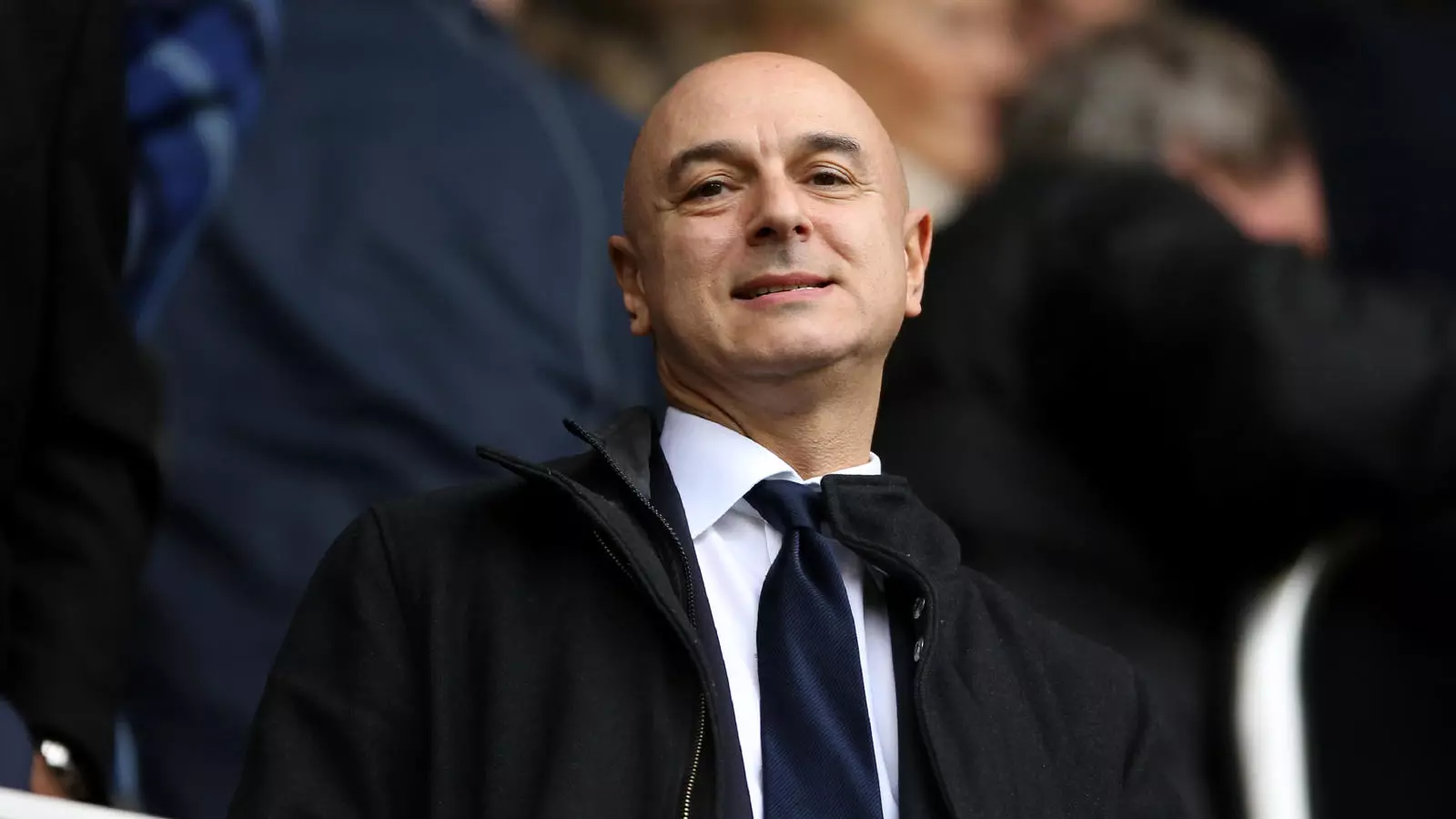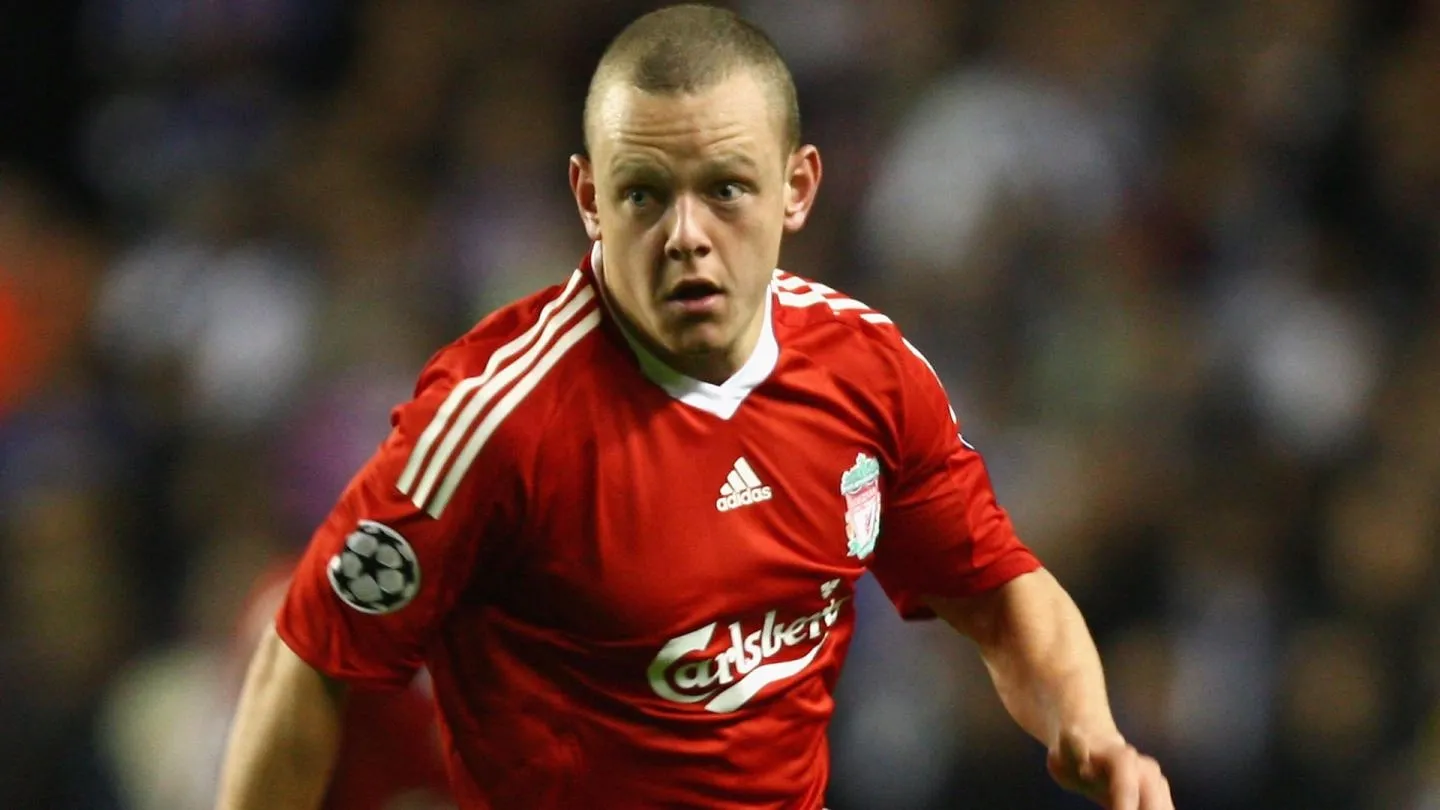
Variable Pricing at the 2026 World Cup: A Turning Point for Football Fans

When FIFA unveiled details of its ticketing system for the 2026 World Cup, one announcement stood out more than any other: for the first time in tournament history, fans will face variable (dynamic) pricing for general admission seats. The decision marks a sharp departure from the rigid, fixed-price ladders that have defined past World Cups and places the event squarely in line with North America’s wider sports and entertainment market.
For fans across the United States, Canada, and Mexico—the three host nations—the news has been met with equal parts curiosity, excitement, and apprehension. With demand expected to reach unprecedented levels for what FIFA itself has called “the biggest sporting event ever staged,” the governing body is betting that a fluid pricing model will maximize access, revenue, and control. But it also raises thorny questions about affordability, equity, and whether the atmosphere that makes the World Cup so unique could be compromised.
The 2026 World Cup is set to introduce dynamic ticket pricing 🚨💸 pic.twitter.com/rusDiWlM11
— Daily Mail Sport (@MailSport) September 4, 2025
A North American World Cup Unlike Any Other
The 2026 edition of the World Cup is historic in scope. It will be the first to feature 48 teams, up from 32, with 104 matches spread across 16 host cities. The United States will stage the majority of games, joined by Canada (Toronto and Vancouver) and Mexico (Mexico City, Guadalajara, Monterrey). Stadiums like MetLife in New Jersey, SoFi in Los Angeles, and Estadio Azteca in Mexico City will become focal points for football’s biggest stage.
Today marks two years until the @FIFAWorldCup 2026 ⏳
— FIFA (@FIFAcom) June 11, 2024
The biggest-ever edition of the tournament will see 104 games featuring 48 teams played across 16 host cities in three countries: Canada, Mexico and the United States. #WeAre26 pic.twitter.com/HbsUZZ8fS9
The expansion is meant to grow the tournament’s global footprint, but it also comes with logistical and financial challenges. FIFA projects record-breaking attendance and broadcasting revenues, yet ticketing remains the most visible touchpoint for fans. By adopting a variable pricing model, FIFA is aligning with the practices familiar to North American audiences of the NFL, NBA, and major concert tours, where prices fluctuate according to real-time demand.
What Variable Pricing Actually Means
At its core, variable pricing is straightforward: ticket prices rise or fall depending on demand during a sales window. If a surge of fans flood the system for, say, Argentina vs. Brazil in a knockout match, the algorithm will push prices higher. Conversely, a lower-profile group stage match in Vancouver or Kansas City may see prices stabilize or—on rare occasions—slip.
Single-game ticket prices for the 2026 FIFA World Cup will range from as low as $60 for group stage matches to $6,710 for a spot at the World Cup final 💰
— ESPN FC (@ESPNFC) September 3, 2025
Those prices might, and likely will, change somewhat over the coming months. pic.twitter.com/SMDftHRmnf
The system isn't entirely new to FIFA. It was tested at the 2025 Club World Cup in the United States, where fans noted sudden jumps for high-demand games late in the sales cycle. For the World Cup, FIFA insists there will be guardrails: entry-level Category 4 seats will start at $60, while the best non-hospitality seats for the final in New Jersey are already pegged in the $6,000+ range. But in between those anchors lies significant room for fluctuation.
Categories Reimagined: From Distance to Level
One subtle but impactful change is FIFA’s decision to define ticket categories by stadium level rather than distance from the pitch. In past tournaments, fans sitting in a corner might have found themselves in a cheaper category than those on the halfway line. For 2026, all lower-bowl seats in a stadium like MetLife will likely be Category 1, regardless of angle or proximity.
This approach simplifies the system for FIFA and maximizes revenue from prized lower-level inventory. But it may also limit opportunities for savvy fans to find affordable “hidden gem” seats in the lower bowl.
The Sales Phases: How Fans Will Access Tickets
The roadmap for ticketing is already set:
- Phase 1 Application Window (September 10–19, 2025): Fans submit requests during a lottery-style draw. Visa cardholders receive priority. Successful applicants will be notified later in September, with payments taken in early October.
- Subsequent Draws (October to December 2025): Additional random-selection phases will allocate remaining tickets.
- First-Come, First-Served Phase (early 2026): Unsold tickets will be released in real time, with full dynamic pricing applied.
- Official Resale Platform: To curb scalping, FIFA will operate its own resale exchange. Prices here will also be subject to the variable model.
Restrictions will apply—fans can purchase a maximum of four tickets per match and up to 10 matches overall in early phases. Specific seats won’t be selected until later stages, another change from past World Cups.
World Cup ticket prices as cheap as $60 USD with most expensive at $6,730.
— AP Soccer (@AP_Soccer_) September 3, 2025
Two more application phases for tickets
2nd phase starting from October 27- 31 ticket sales going on from November to December.
3rd phase in December following World Cup draw.
4th 1st come 1st serve.
The Case
Why FIFA Sees Value
For FIFA, the case for dynamic pricing is pragmatic. North American consumers are accustomed to fluctuating ticket prices for major sports and concerts. Dynamic systems allow FIFA to:
- Capture maximum revenue during moments of peak demand.
- Discourage scalping, since official resale becomes more competitive with real-time pricing.
- Balance supply and demand across a wide, expanded schedule of matches.
Revenue from ticketing is central to FIFA’s financial ecosystem; the billions raised go not only to tournament operations but also to development programs worldwide.
Why Fans Are Wary
On the other hand, supporters worry about:
- Affordability: Even with a $60 entry price, most matches—especially featuring host nations or global superstars—will quickly price out average fans.
- Uncertainty: Fixed ladders offered predictability; dynamic pricing introduces volatility, making budgeting difficult.
- Atmosphere: If neutral fans and locals are priced out of marquee matches, the risk is a more corporate, less diverse atmosphere in stadiums.
Lessons From the Club World Cup
The 2025 FIFA Club World Cup, also hosted in the U.S., provided a glimpse of what’s to come. Fans noted that while affordable tickets existed for early matches, big fixtures saw spikes. Some criticized FIFA for being less transparent about when and how prices would adjust. FIFA will be under pressure to communicate more clearly during the World Cup cycle, where public scrutiny is far greater.
"Tickets for Chelsea's match against Fluminense are on sale for £9.80" 🤔
— Sky Sports News (@SkySportsNews) July 6, 2025
Kaveh Solhekol reports on FIFA slashing ticket prices at the Club World Cup 🏆 pic.twitter.com/BMjJC5gxU0
A Defining Test for FIFA
Ultimately, the World Cup in North America is not just a logistical experiment—it is a cultural one. FIFA is betting that fans will accept dynamic pricing as part of the modern sports economy. If successful, it could redefine how the organization sells tickets for future tournaments. If it backfires, FIFA risks alienating the very supporters who make the World Cup the world’s most beloved sporting spectacle.
Either way, the introduction of variable pricing is a watershed moment. For the millions who dream of attending in 2026, it adds a new layer of urgency, strategy, and uncertainty to an already once-in-a-lifetime experience.
Most Read









